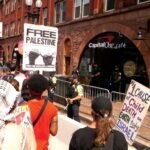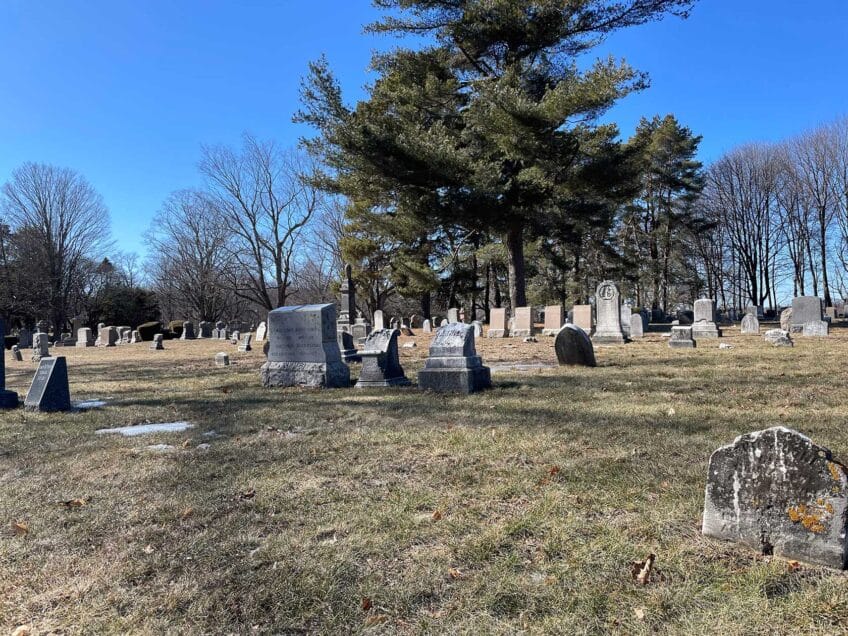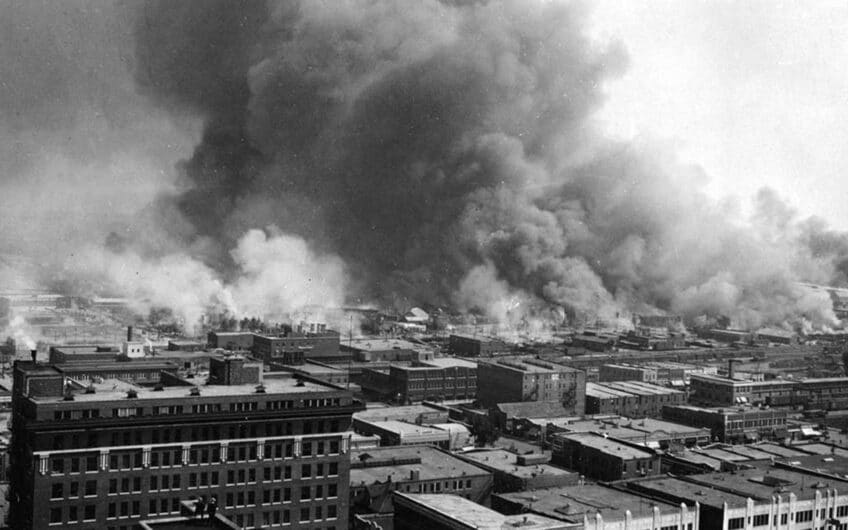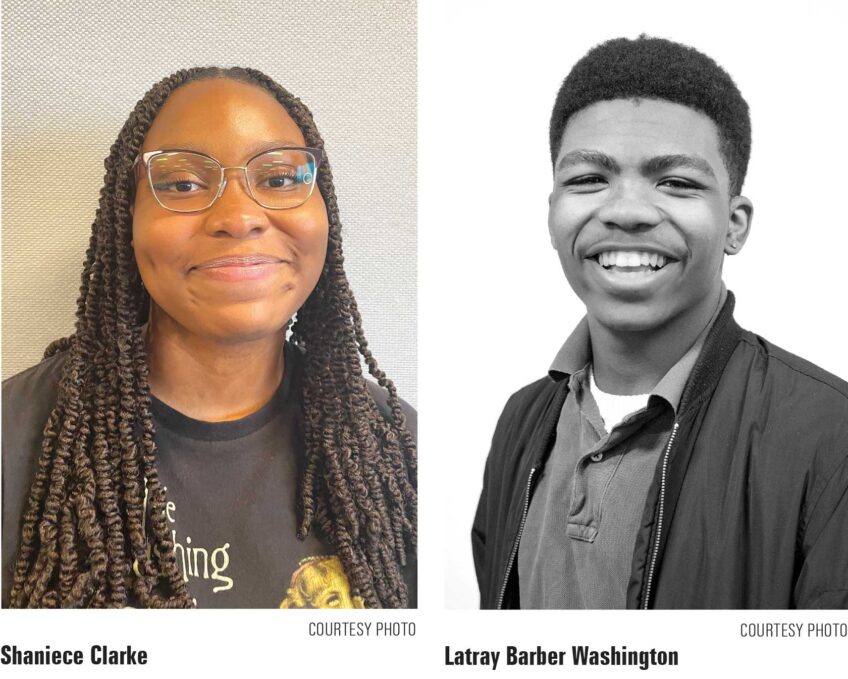In 1850s Boston, slave case sparked conflict
Activists subverted Fugitive Slave Act with daring rescue
Long before the modern fight over safeguarding immigrants from deportation, Massachusetts was the focus of much controversy over its being a sanctuary state. The situation heated up after a new law required law enforcement officers to ignore the sanctuary status, and Boston’s mayor formally announced his intention to comply with the feds.
In the 19th century, Massachusetts, and New England as a whole, was often a destination for runaway slaves. This was in part because the Bay State passed a law in 1843 that essentially made it a sanctuary state for suspected slaves; An Act Further to Protect Personal Liberty forbade all state-level judges or law enforcement officers from acting on an accusation that a black resident was an escaped slave.
That all came into question when President Millard Fillmore signed the Fugitive Slave Act on Sept 18, 1850. The new law required state authorities to respect slave ownership — even if that state had already outlawed the horrific institution, essentially overturning most of the Bay State’s sanctuary state law.
In response to the development, Boston Mayor John Bigelow announced his support of the new law and pledged to go after escaped slaves. Local abolitionist forces, meanwhile, organized a vigilante group to protect their black neighbors from predatory slave catchers.
With so much hostility swirling, on Saturday, Feb. 15, 1851, a slave hunter from Virginia nabbed a man named Shadrach Minkins while he was working as a waiter at the Cornhill Coffee House in Boston. Minkins, who was also known as Frederick Wilkins, escaped from slavery in Virginia in 1850. He came to Boston and attempted to start a new life — until the law came after him roughly a year later.
“I do not believe the mayor of Boston represents the public feeling even of Boston, low as that public feeling is,” abolitionist William Lloyd Garrison said at the New England Anti-Slavery Convention on May 27, 1851. “I do not believe that this creeping, crawling official is high enough in the scale of being to represent even the meanness and degradation of the city.”
A few months before Garrison’s speech, Minkins’ arrest would become the first in New England under the new slave law. Minkins was not entitled to a jury, nor could he take the stand to defend himself under the Fugitive Slave Law.
Despite all the hurdles he would have to clear, several attorneys offered their service to Minkins, including Robert Morris and Ellis Gray Loring, both of whom were leaders of the Boston Vigilance Committee, which actively protected runaway slaves through both legal action and via the Underground Railroad.
Although the Fugitive Slave Act required Massachusetts officials to apprehend Minkins, one of the few surviving elements of the 1843 state law barred those officials from using jail space for an escaped slave. So the US Marshals made a deal to house Minkins in a courtroom over the weekend until he could face a US commissioner, which is who accused slaves had to face in lieu of a judge.
Before the weekend ended, though, about 100 people stormed the courthouse, disabled US Commissioner Patrick Riley, and freed Minkins. According to the Boston Post’s account:
“Mr. Riley, who was jammed into the corner near the door, called upon his assistants to resist the rescuers, but their numbers were too great, and they dragged Shadrack [sic] out in a few seconds. … One of the assistants managed to get hold of the marshal’s sword, but a portion of the rescuers hugged him round the body, thus fastening his arms, and the sword was dropped in the struggle. A colored man carried the sword into the street, where he gave it up to a young man, name Hosea, who was not aware that it had been taken from the court.”
Escape
“Minkins was covertly transported to Cambridge and then continued north into Canada, where he eventually settled in Montreal. One year later, in 1852, Minkins’ attorney Robert Morris, who was also treasurer of the Boston Vigilance Committee, began petitioning the governor of Massachusetts to approve the formation of an all-black militia. At the time, state law explicitly mandated that only white soldiers could serve in sanctioned militias, so those petitions went unfulfilled.”
By 1854, local business owner John P. Coburn, along with Morris and others, had taken matters into their own hands and formed the Massasoit Guards, naming themselves after the Native American leader who first allowed the Pilgrims to live in 1620.
“We learn that the prospects of success of the contemplated colored military company in this city, are very flattering,” read an unsigned news item in an 1855 edition of the Liberator. “About eighty young gentlemen have enrolled themselves.”
The guards prepared to fight any slave hunters who entered Boston, and specifically patrolled the streets of the West End and the northern slope of Beacon Hill, which at the time was home to the majority of the city’s black population. Since slave hunters only had to present an affidavit swearing that they had the right person, all black people, regardless of whether or not they were former slaves, were in danger of facing a trial without any legal defense.
The Massasoit Guards petitioned the state for militia status, which would have let members carry guns, but were repeatedly denied. So they carried cudgels, which were essentially short, wooden bats that could cave the skull of any unwanted person who entered Boston’s black neighborhoods.
“We hear that this newly formed company of colored men, to whom Governor Gardner refused to loan the arms of the state, have decided to purchase arms themselves, and will, as soon as the arrangements are completed make a public parade,” according to an Aug. 27, 1855, edition of the Boston Post.
The guards only remained active a few more years, as the nation soon plunged into the Civil War. By 1863, Abraham Lincoln issued his Emancipation Proclamation, and his secretary of state finally authorized the formation of a black military unit, the 54th Regiment Infantry. Based in Massachusetts, they would go on to become the far more famous successor to the Massasoit Guards.
The Boston Institute for Nonprofit Journalism produced this piece in collaboration with Dirty Old Boston.






